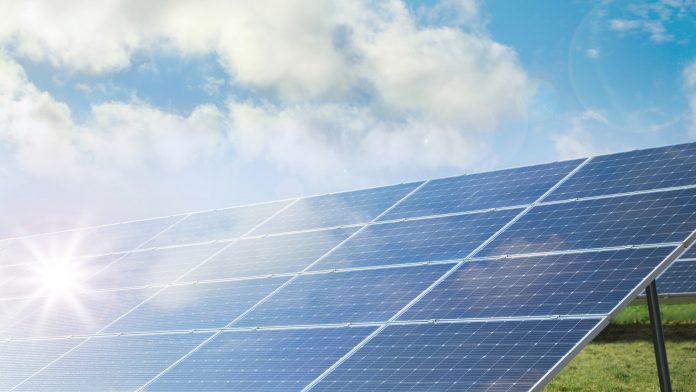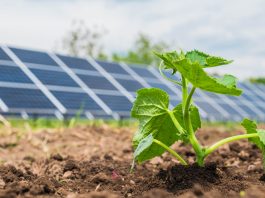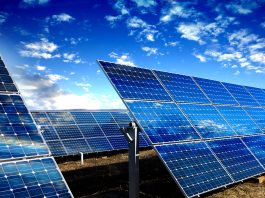To develop more efficient solar cells, a research team from Linköping University has mapped out how energy flows in organic solar cells.
Why are more efficient solar cells necessary?
Environmentally-friendly and efficient solar cells are essential for a transition to an energy supply that is free of fossil fuels. Thus, the previously unknown energy flow in solar cells that has been revealed by this experiment can contribute to the development of more efficient solar cells.
This study has been recently published in Nature Communications, and was funded by the Swedish Research Council, the Swedish Energy Agency, and the Swedish Government’s strategic initiative: Advanced Functional Materials, at Linköping University.
“To enable the full potential of organic solar cells to be exploited, there is a need for a clear picture of how they work. We have now obtained that picture. This provides a better understanding of how to create new efficient and sustainable solar cell materials,” explained Mats Fahlman, a Professor at the Laboratory of Organic Electronics at Linköping University.
Why does solar energy need to be developed?
Currently, solar energy meets approximately 2% of the world’s energy needs. However, scientists have noted the excess potential, as the energy contained in the Sun’s rays is more than enough to meet our needs today and in the future. Thus, efficient solar cells that are cheap and environmentally friendly to manufacture are required for success. Additionally, they must be effective at absorbing a large portion of the Sun’s rays and converting it into electrical energy.
Why are organic solar cells the more sustainable option?
Organic solar cells that are built on organic semiconductors are increasingly emerging as a sustainable option. However, this preference has only recently emerged, as until just a few years ago, they could not stand in comparison with traditional silicon-based solar cells when it came to efficiency. This was due to energy loss in charge separation, which was originally believed to be unavoidable.
In 2016, a collaborative experiment was conducted by scientists from Linköping University and Hong Kong. They were able to demonstrate that it was possible to avoid the energy loss in solar cells by utilising different donor-acceptor substances that assist the electron to escape from its hole more easily. As a result, energy loss diminished, and efficiency was improved.
However, an issue noted by researchers during this experiment was that while it was observed that avoiding energy loss was possible, they were unclear about what exactly happened, and were therefore unable to provide an explanation.
How was this issue addressed?
Some of this same research team from Linköping University has now identified what energy levels are required to minimise energy losses, erasing the original confusion surrounding how energy loss was diminished in the original 2016 experiment.
“To find out how the energy flows, we laid nanometre-thick organic semiconduction films in several layers one on top of the other. After that we measured the energy required to separate the electrons from their holes in each individual layer,” said Xian’e Li, a PhD student at Linköping University and primary author of the study.
Following this stage, scientists could then map the mechanism behind the energy-efficient charge separation. It has been noted that this systematic mapping of energy revolutionises the development of organic solar cells.
Footnote: The organic solar cells in the study are of a type where the electron acceptor is made of a material other than fullerene (a form of carbon), which previously was the most common material used. Non-fullerene-based organic cells become more stable and are capable of absorbing a greater proportion of the sun’s rays for conversion to energy.









